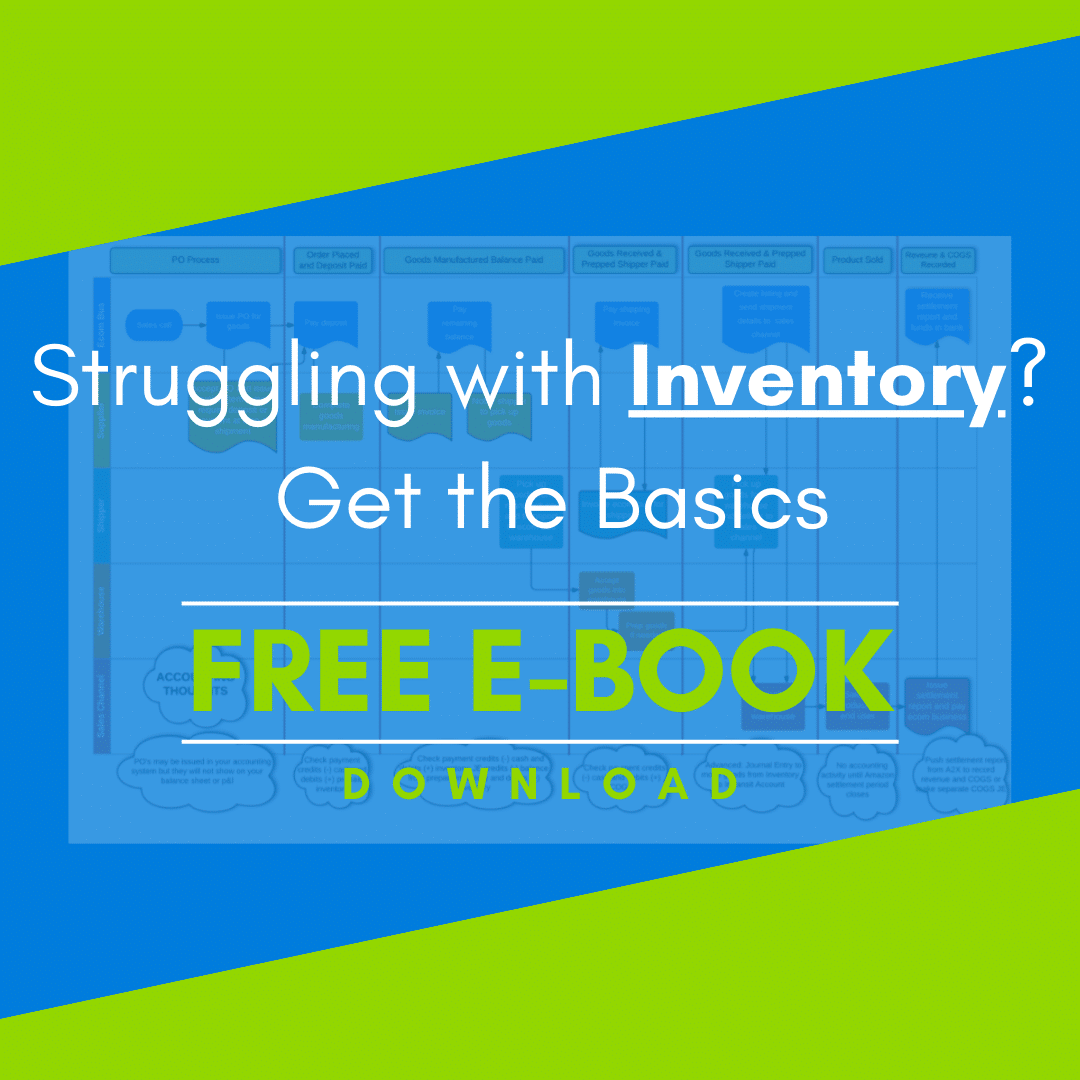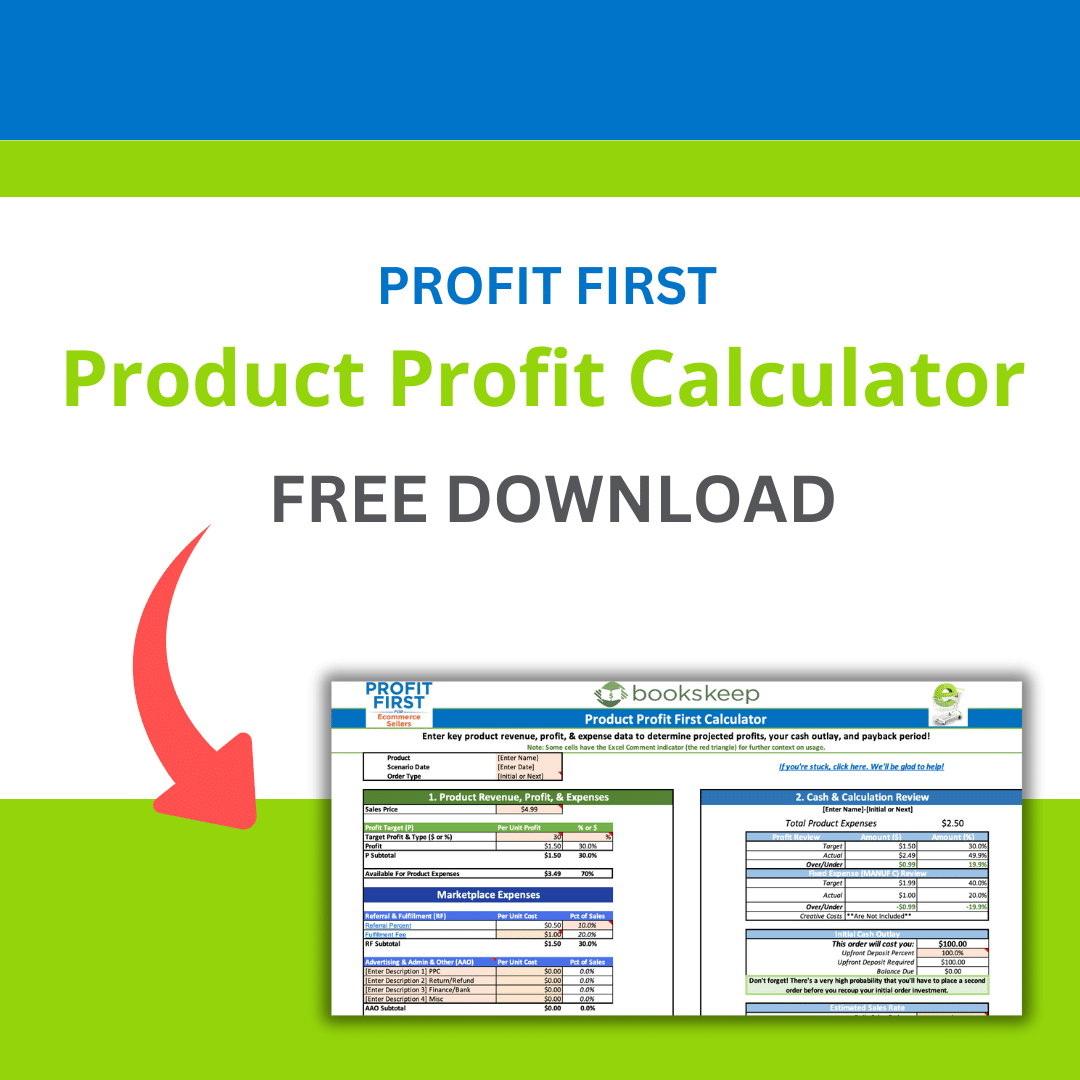In a foreign country where you don’t speak the local language, simple tasks like ordering coffee or asking for directions become challenging. To ease the process and ensure effective communication, you would need a bilingual translator who can bridge the language gap between you and the locals.
In the rapidly growing world of online buying and selling, effective communication of your financial position is vital. Your bookkeeper must be fluent in ecommerce to ensure accurate record-keeping. It all starts with a well-organized chart of accounts, which plays a significant role in shaping your entire business.
At bookskeep, we offer customized chart of accounts for ecommerce sellers. These accounts are designed to capture revenue from each channel and associated fees, providing detailed and accurate reporting. This empowers you to make informed financial decisions confidently.
One common mistake we often see is not accounting for revenue in its entirety. For instance, when you receive a deposit from Amazon, claiming it all as revenue might be tempting. However, careful examination of the Amazon Settlement Report reveals the net amount deposited after fees, deductions, and refunds. To have a clear financial picture, you must accurately account for these details in proper categories, not available in standard accounting templates.
Just as having separate bank accounts is essential for Profit First, using the right accounting categories for income and expenses is crucial for precise ecommerce accounting. Paying attention to every financial detail becomes crucial, especially for IRS compliance when they review your 1099K. Learning the language of ecommerce becomes simple with the right guidance and a solid foundation.




Leave a Comment